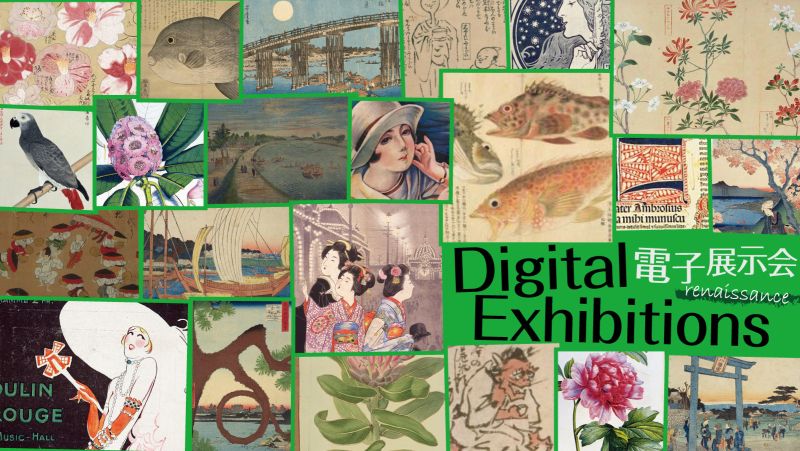Kisaragi (February)

Hatsu-uma
The Hatsu-uma-sai festival is held on the lunar calendar's first day of the horse in February. Many Inari (a Japanese Shinto god) shrines were made in Edo to pray for business prosperity. At shrines, banners inscribed with “Shoichi Inari Daimyojin” were hung, and abura-age (fried tofu) and sekihan (red rice) were given as offerings to the foxes, believed to be messengers of Inari. The festival, often depicted in nishiki-e (woodblock prints), is a grand event with a market surrounding the Inari shrines, seemingly dispelling the lingering cold and economic slump.
Umemi (Plum blossom viewing)
Around this time, plum blossoms are in full bloom, and plum blossom viewing events are held at famous spots all over the country. During the Edo period, plum blossom viewing was as popular as cherry blossom viewing, and was an event for Edo people to look forward to the arrival of spring. Yushima Tenjin Shrine and Kameido Umeyashiki, known for their ume plum blossoms, are depicted with bustling scenes in nishiki-e.
